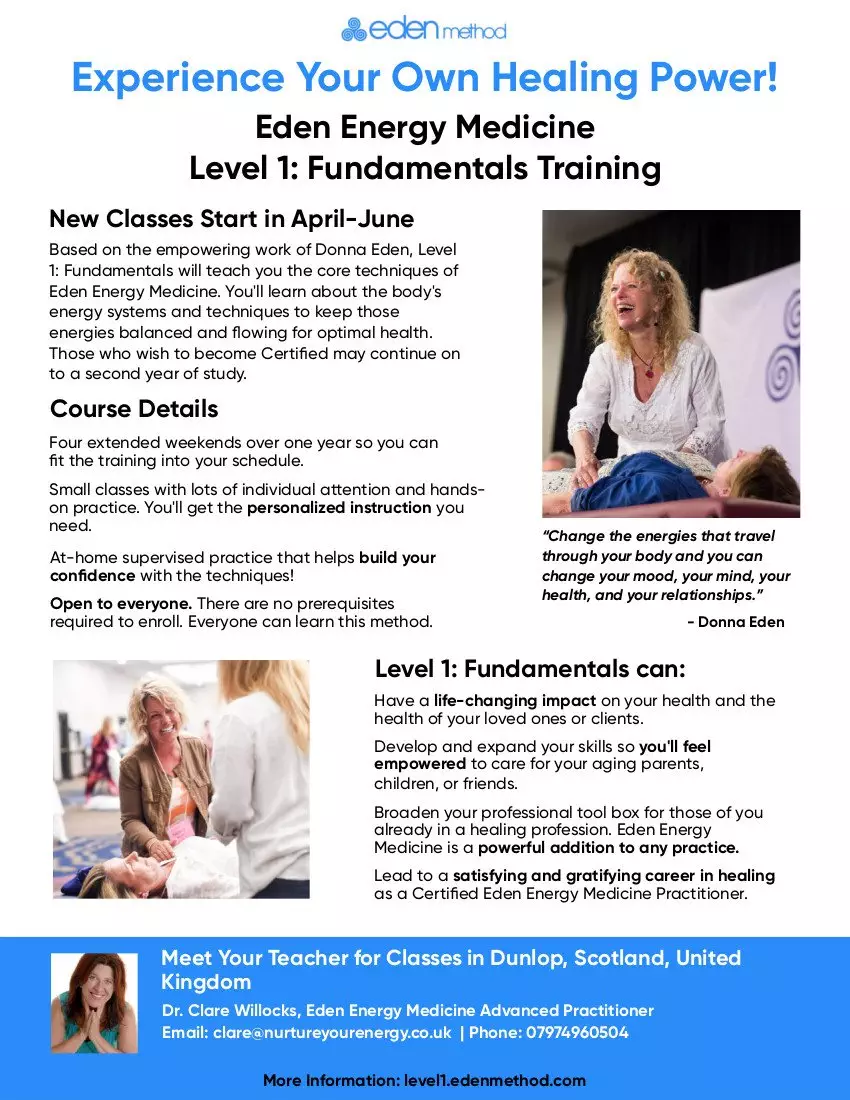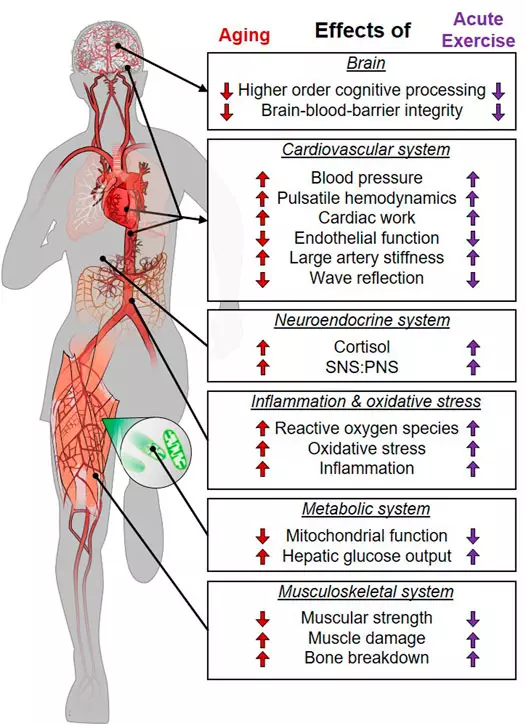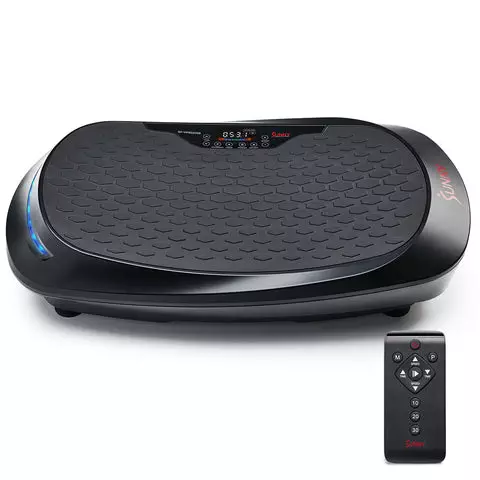Hunter 4025 NLS

Hunter 4025 nls is an affordable diagnostic medical device that allows users to conduct noninvasive scans of their bodies with no physical interference required. Utilizing computerized technology, this system can scan your entire body quickly and provide valuable information quickly; additionally it can pinpoint potential sources of your health issues while roughly forecast future developments.
It is a non-linear analysis system (NLS)
Metatron hunter 4025 nls is an advanced noninvasive diagnostic device for physical examination and analysis. Utilizing electromagnetic waves, it scans the body for abnormalities in tissues, cells, chromosomes, DNA molecules or organs using electromagnetic waves. It can detect illness more efficiently while helping patients recover faster as it provides information regarding foods compatible with each patient, phytotherapy treatments or homeopathy remedies that might aid recovery, as well as information regarding treatments to address both energy bodies and physical bodies simultaneously.
It is a highly advanced computerized system with sophisticated software capable of performing various tasks such as organopreparations, biochemical homeostasis, pathomorphology, microorganisms and parasites, lithotherapy, homeopathic preparation potencies selections, acupuncture etc. This new technology can reveal oncological processes in their early stages as well as anticipate how they will progress over time.
Additionally, it can record frequency fluctuations of preparations stored in its database and search for those that best align with spectral characteristics of pathological processes, enabling doctors to select an effective treatment option for each of their patients – something particularly helpful when treating autoimmune diseases with homeopathic preparations.
Metatron Hunter can identify the cause of any disorder as well as determine its manifestation within the body – acute or chronic; acute trauma or stress related; even determine if a patient is recovering from trauma or experiencing stress.
The primary feature of this machine is multidimensional virtual scanning, which automatically locates tumor nidus and hereditary diseases as well as their genetic cause by passing sequentially through histological and cytological sections, chromosomes, and eventually fragments of DNA molecule.
This machine provides medical professionals with an invaluable tool. These features include its ability to display an organ diagram, making it simpler for doctors to understand the problem and find effective solutions. Plus, its user-friendly operation and accurate spectral analysis results make this machine extremely valuable indeed!
It is a non-invasive physical examination device
The Hunter metatron 4025 is an advanced non-invasive full body analysis system developed in Russia that utilizes biofeedback to perform an examination of all body systems in just one session and represent its findings as 3D images. It can detect abnormalities at cellular, chromosomal and DNA helix levels as well as detect autoimmune disorders, chronic degenerative diseases and acute pains; additionally it can identify their root cause while providing potential remedies to address them.
This NLS can accurately pinpoint pathological processes in a human body by analysing electromagnetic frequencies emitted by organs and tissues, then compares its findings against its database for accurate evaluation of patient health status as well as for forecasting how they might evolve over time. Furthermore, it can detect parasites, fungi or bacteria present within their system.
The Hunter Metatron 4025 NLS is more powerful and reliable than its predecessors, thanks to a software update designed to increase speed and accuracy, detect oncological disease in early stages, improve its algorithm, user interface, and include “smart filter”, which can filter out unsuitable items while leaving those which suit testees alone.
An IMS system is an indispensable resource for medical centers, spas, salons and individual entrepreneurs. Its ability to analyze the entire organism and suggest appropriate therapies makes it unrivalled among diagnostic devices. Furthermore, IMS therapy has also proven successful at treating fatigue, exhaustion, sleep disorders depressions migraine psychosomatic illnesses allergies eczema and neurodermatitis.
NLS works by tuning electromagnetic frequencies associated with each tissue and organ. It then creates a three dimensional projection of that organ on screen in three dimensions, showing its condition using different colors. A physician can easily pinpoint where an issue stems from by looking at color markings on computer models of organs. Furthermore, NLS can identify tumor sites, hereditary diseases, inflammatory disorders as well as detect metastatic cancerous growths if any have developed.
It is a bioresonance device
Metatron Hunter 4025 NLS’ diagnostic session decodes electromagnetic waves released by your body and compares it with an extensive database. It can also approximate future health trends.
This device employs magnets and attractive inductors to scan a patient’s body and identify causes for their condition as well as recommend specific therapies such as herbs, vitamins or nutrients for treatment. Furthermore, the NLS can identify any potential issues with the immune system of their subject and suggest how best to strengthen them.
Naturopaths, Homeopathic Physicians, Osteopaths, Chiropractors, Massage Therapists, Nutritionists and Integrative Medicine/CAM Program Directors use this noninvasive full-body analysis device. With its ability to scan and assess an entire body in under 30 minutes – making it ideal for diagnosing complex diseases quickly – this makes this noninvasive device an indispensable asset to their practice.
Hunter is the first bioresonance device capable of early cancer detection and treatment, using bioresonance frequency technology. In addition, this device can diagnose other problems that may lead to serious illness such as fractures or dermatological conditions; additionally it can identify hereditary diseases allowing doctors to understand them more thoroughly and treat them more effectively.
Metatron Hunter 4025 NLS is an advanced NLS system which utilizes a special magnetic trigger sensor to read signals coming from cells, tissues and organs in your body. Once captured by this sensor, its analysis software then displays them on a computer screen in three-dimensional models.
NLS technology also allows the user to select and enhance remedies based on each patient’s medical history and symptoms, creating a customized treatment plan, as well as detecting hereditary diseases, tumors, or abnormalities within seconds. Testing by top scientists and physicians showed this NLS was capable of quickly pinpointing their sources within seconds – an advance in NLS systems technology!





